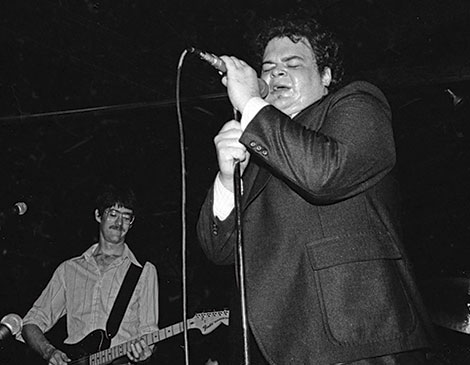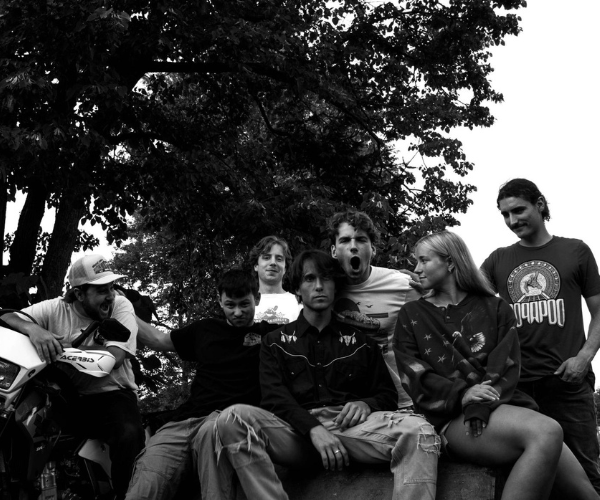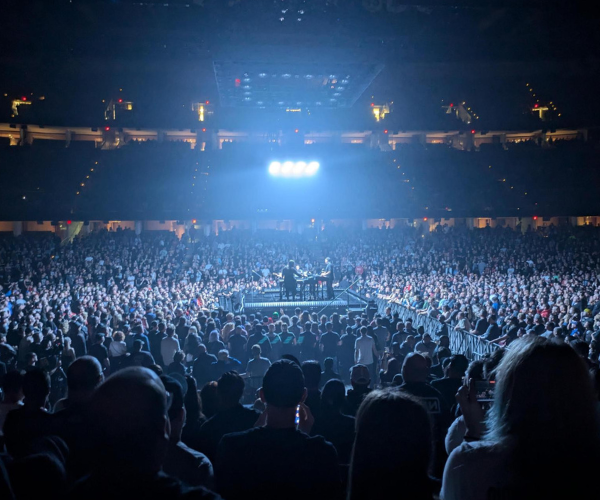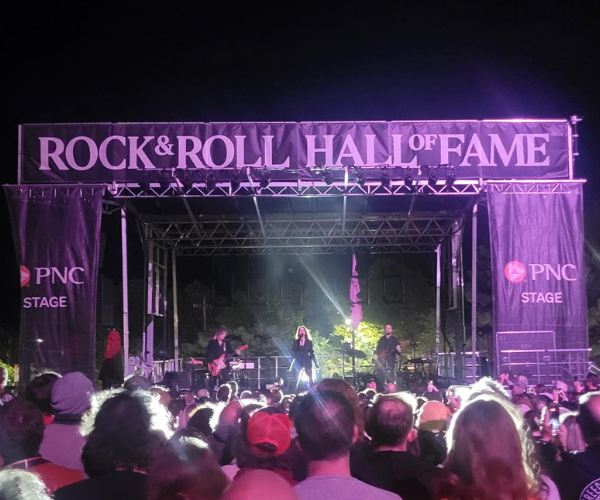
The Cleveland Sound Is (Still) Underground
How Cleveland's legendary '70s underground scene paved the way for the robust musical landscape of today.
There’s the one you’ve likely heard — Alan Freed, the Moondog Coronation Ball, WMMS, Bruce Springsteen at the Agora Theatre & Ballroom, Michael Stanley Band and the Rock & Roll Hall of Fame. Then there’s the story of the underground few people know, except maybe as a Devo footnote. Yet, it’s what music historians study because this Cleveland pushed forward the continuum of music as an art form.
Cleveland’s punk scene has roots in the late 1960s and ties to the Velvet Underground, the landmark New York City proto-punk band. Fronted by Lou Reed, the Velvets actually struggled to book shows in their early days. But in Cleveland, they played a raucous 24 times between 1967 and ’68.
Peter Laughner, a young songwriter from the suburbs, attended nearly every one. He and fellow musician David Thomas helped light a fuse to the explosive, influential ’70s underground rock scene that spawned bands such as Mirrors, Electric Eels, the Dead Boys, Tin Huey and Devo.
They were founding members of legendary Cleveland bands Rocket From the Tombs and, later, Pere Ubu. Thomas, who worked as a doorman at the Viking Saloon near Cleveland State University, helped struggling bands get gigs at the club. They also spread the underground gospel as music reviewers, with Laughner’s work appearing in the alternative rock magazine Creem.
Most importantly, they were instrumental in uniting a loose collection of outcasts who helped bend and shatter the rock ’n’ roll genre.
“It was of such quality, and it was unparalleled for the strangeness of it, for the intensity of it, for the revolutionary-ness and radicalness of it,” Thomas told Cleveland Magazine in an interview for our November issue. And yet, almost no one was there to witness it.
“There was about 20 of us,” Thomas says, “no more than 100, tops, by the time you count girlfriends, sound men and other musicians.”
Music fans often bemoan Cleveland’s lack of high-profile tour dates or hunger for our next Kid Cudi or The Black Keys. Yet, the backbone of a great music scene is a strong underground. Cleveland’s is robust.
“The underground is critical, because it’s the petri dish where musicians can try things and stumble upon trendsetting sounds,” says Teddy Eisenberg, co-founder of Sixth City Sounds, a local music advocacy group. “Those people are doing it for the right reasons — the love of music, not the desire of notoriety. That leads to higher quality music.”
But don’t let the term “underground” fool you. No longer does it mean grimy, rough and unapproachable. No longer does it mean male, white or even punk rock. Cleveland’s underground music is happening out in the open and spans genres such as hip-hop, soul, electronica, metal, blues and rock ‘n’ roll — often on the same bill.
Unlike the ’70s, when non-genre-conforming bands struggled to book shows, challenging and inventive music often sits side by side with art, goods, bowling and interesting cuisine at the Grog Shop, Mahall’s 20 Lanes, Now That’s Class, Happy Dog and more. On a given Saturday night, a music fan can choose from more than 10 bands, occasionally in the same venue, and typically for $12 or less.
“A band like Herzog makes incredible music, and the payoff is more about being in the room and feeling the electricity of the crowd than any financial payoff,” says Happy Dog owner Sean Watterson, whose club gives 100 percent of admissions proceeds directly to the bands. “Even on the club side, it’s more passion than profit. Most club owners are just paying the bills each month — if that.”
That’s the real spirit of rock ’n’ roll — not recognition from the corporate pop machine. And that’s why Cleveland still rocks.
Just don’t miss out this time.
music
8:00 AM EST
April 4, 2018



